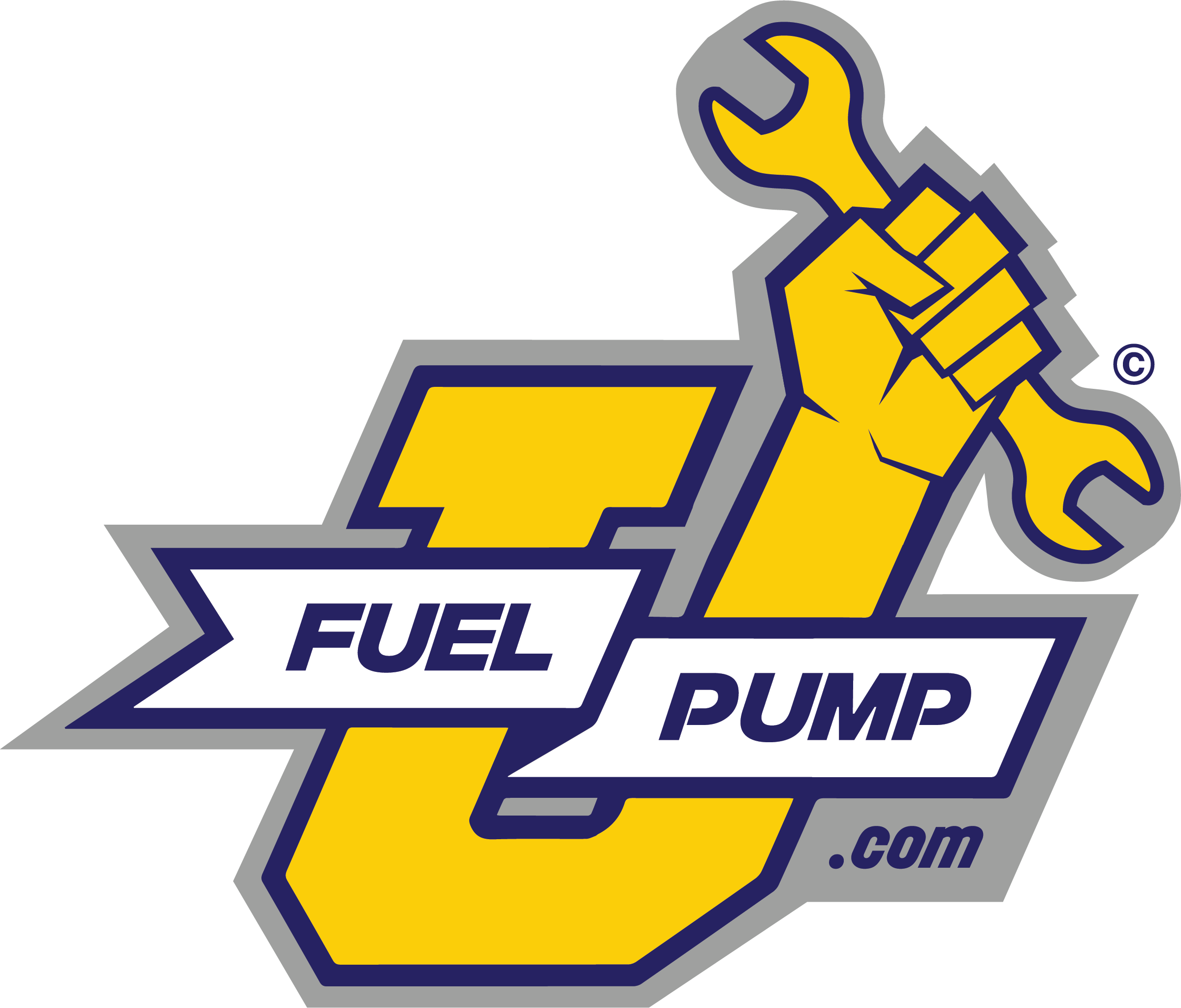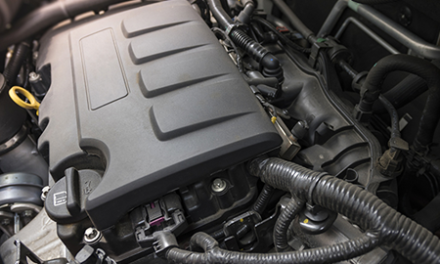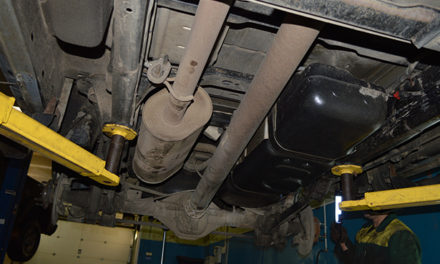The fuel delivery system relies on variables about the engine. The sensors supply these variables to the engine’s computer, and the computer calculates the amount of air and fuel needed for optimal combustion – usually a 14.5:1 air-to-fuel mixture. The computer takes many things into consideration including the density of the air, the speed of the engine, the load on the engine and the engine’s temperature.
The exhaust gas recirculation also affects the fuel delivery system. It recirculates part of the exhaust gas back into the engine’s cylinders. Nitrogen oxide (NOx) from the exhaust displaces the some of the mixture in the cylinders, but it also helps to cool the cylinders. The EGR system reduces the number of emissions because the cooler engine cylinder temperatures reduce the amount of NOx formed in the exhaust.
NOx Redirected
Depending on the vehicle and the conditions, 5 to 15 percent of the exhaust gas is sent back to the intake manifold. The computer calculates this amount by determining how much actual combustible mixture is in the cylinders. To compensate for the non-combustible material in the cylinders, the computer advances the spark timing so that the mixture of air, fuel, and NOx in the cylinder is lit earlier, giving it time to burn enough to produce the power required of the engine.
EGR Benefits
The recirculated exhaust (EGR) has many benefits if the system is working properly. Not only does it reduce emissions, but it also theoretically increases fuel mileage. Because the cylinders are at a lower temperature, the loss of thermal energy via the chamber surfaces is reduced. This means the engine has more energy to pour into its mechanical workings.
Combined with the cooling of the cylinders as mentioned in the first section of this article, the fuel delivery system requires less fuel for optimal combustion.
EGR Cons
While the EGR system works great for lower RPM when you require more horsepower the EGR is a burden. Because the NOx mixture leans the mixture going into the cylinders – i.e., there is less fuel in the mixture – the engine has a reduced specific heat ratio. This reduces the amount of energy produced by the piston, which decreases horsepower. When you require more of the engine, the EGR system reduces the amount of NOx it recirculates into the cylinders.
Earlier Models Vs. Newer Models
When auto manufacturers started using the EGR system it was not very efficient. Now the EGR system works in conjunction with the engine’s computer and the fuel delivery system to provide the most efficient mixture for the best fuel economy and horsepower.
Should the EGR valve malfunction, you could notice a difference in fuel economy. To check the EGR system, you need a diagnostic computer so that you can read the inputs and outputs within the EGR system. If the EGR valve is not working or is sporadically malfunctioning, replace it immediately.






